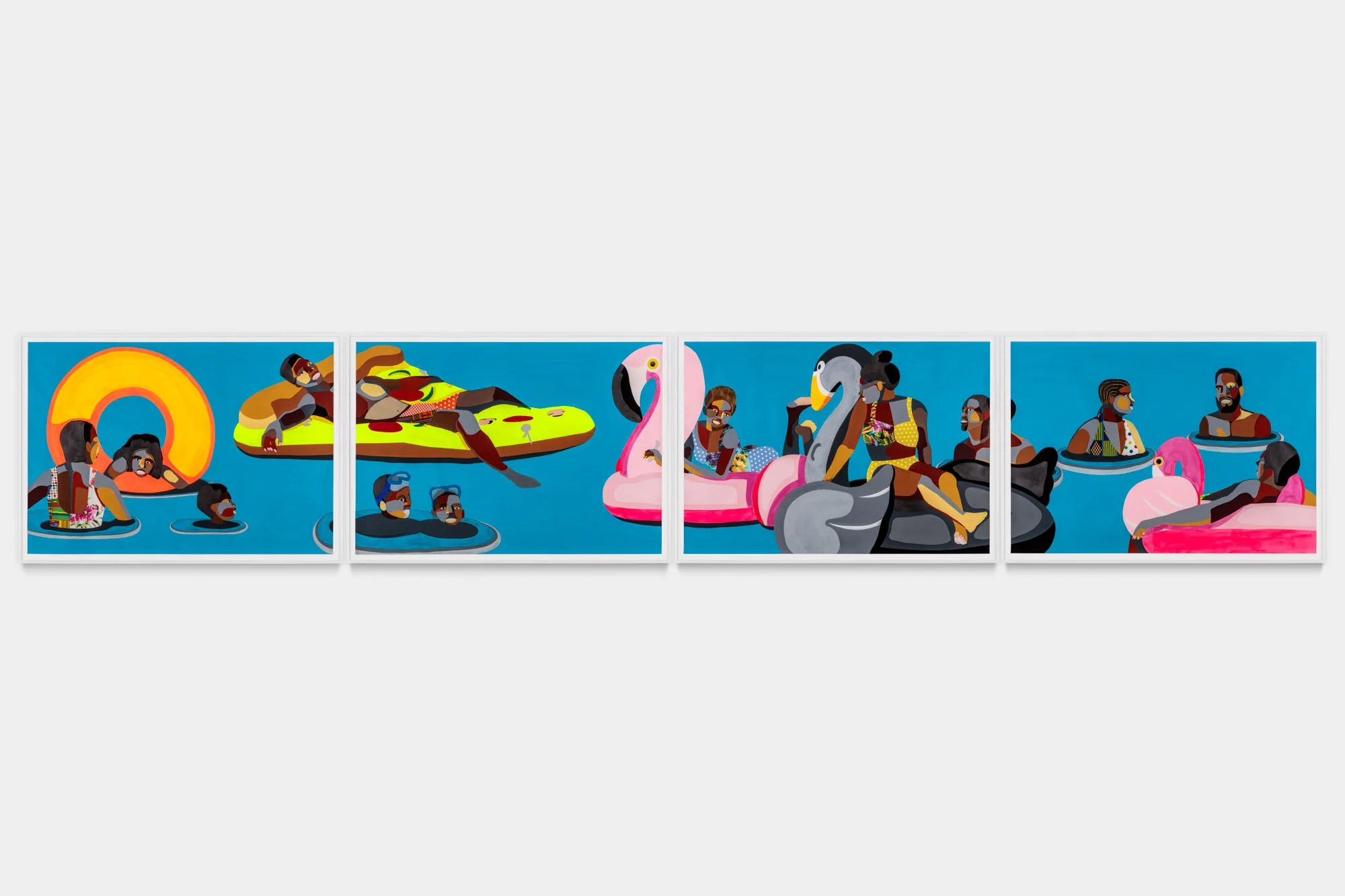Civilization: The Way We Live Now | Jut Art Museum
Suntag Noh: Red House I #13. Courtesy of the artist and Jut Art Museum.
Written by: Alexander Loukopoulos
Civilization is an easy thing to take for granted.
The ubiquity of structured society numbs people to the fact that modern civilization, even with all of its flaws, is a true feat of human ingenuity. With its admirable past, civilization still has plenty in store. Especially at a point in history where rapid progress occurs daily, big changes are around every corner. It is clear that civilization has a history as intriguing as its future – yet it would do a vast amount of good to take a moment here, in the present, to think about how far it has come and how far it has left to go.
“Civilization The Way We Live Now”, Installation view “INTRO.” Courtesy of Jut Art Museum.
Civilization: The Way We Live Now, on view from March 16 to June 30 at the Jut Art Museum in Taipei, Taiwan, is an international project that documents and questions the present and future of modern civilization through photography. With previous residencies across seven major countries around the world and some 200 works by over 100 artists, this exhibition represents civilizations and audiences on a global scale.
The exhibition’s arrangement into chapters allows viewers to more effectively analyze and form their own conclusions about the complexities of civilization and the lives found within it. These chapters: “HIVE,” “FLOW,” “PERSUASION,” “CONTROL,” “RUPTURE,” “NEXT?”, “ESCAPE,” and “ALONE TOGETHER” bring into focus the themes that civilization has thus found itself perpetuating.
Pablo López Luz: Vista Aerea de la Ciudad de Mexico, XIII. Courtesy of the artist and Jut Art Museum.
Some photos are simply awe-inspiring. The above photo, Vista Aerea de la Ciudad de Mexico, XIII by Pablo López Luz, is part of the “HIVE” theme and provides an aerial view of greater Mexico City where the population is about 22 million. Vista Aerea exemplifies the double-edged nature of the photographs within this exhibit. On one hand, viewers are instantly astounded; Cityscapes are the most evocative monuments to humanity’s potential as thinkers and engineers. On the other hand, the dense city streets raise questions about a range of topics including overpopulation and the effects of urbanization. Has humanity come too far in its quest for progress?
Robert Walker: Times Square, New York, 2010. Courtesy of the artist and Jut Art Museum.
Indeed, some of the photos on display at Civilization: The Way We Live Now exemplify the absurd bounds that humanity has found itself pushing up against in sectors like advertisement and commercialization. A giant M&M at Times Square peers down at provocative photos of Lady Gaga, presumably raising awareness for a new album or upcoming show. An almost cartoonish array of shipping containers cover an entire loading dock and extend beyond the already wide frame. Certainly viewers have to be exposed to as much bad as they are good, to as much that appears backwards to as much that seems like a leap forward.
Alex MacLean: Shipping Containers, Portsmouth, VA, 2011. Courtesy of the artist and Jut Art Museum.
After all, civilization is not perfect. Civilization: The Way We Live Now offers photography as a tool to visualize complex issues that are difficult to otherwise articulate. Could a worldwide utopia ever be possible? Most likely, no. All the progress in the world will never change our imperfections, but the most remarkable of civilizations are the reflections of the moments where people dare to think otherwise. Civilization: The Way We Live Now is the much needed mirror that reminds everyone the importance of taking a step back and admiring the amazing work that has been done – something all people, regardless of their civilization, often forget to do.
Sheng-Wen Lo: Diergaarde Blijdorp Rotterdam, The Netherlands. Courtesy of the artist and Jut Art Museum.













